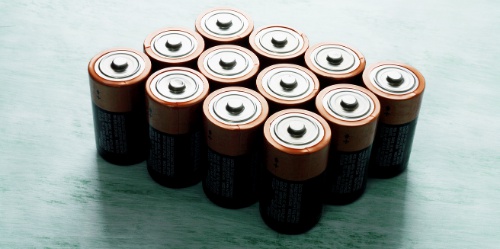
Reading time : 3 min
One of the key points in the use of a GPS tracker is its battery life because it can be frustrating, even problematic, to have to recharge it regularly. It may also be disappointing not to enjoy the same duration as indicated by the manufacturer. It is important to know that battery life is not the same for everyone but will depend on several factors, including the quality of the telephone network and the quality of the GPS signal.
The time interval between each position is the frequency at which the locator will retrieve a position and send it to you. This frequency will play a big role in the life of your battery. Indeed, the more actions the tracker performs (such as retrieving its position, sending it, issuing an alert) the more its charge will be depleted.
This explains why some manufacturers announce astronomical battery life; the tracker sold will simply not offer real-time tracking, so the battery will be partially preserved. At Weenect we have chosen a compromise between high position frequency and battery life; because we know how important it is to have a real-time position when trying to locate a loved one.
It’s up to you, you can select the desired time interval between each position in the tracker’s parameters. Just remember that a high frequency (one position every 30 seconds) will decrease the locator’s battery life while increasing the reactivity of zone alerts (with positions being more regular an alert can be triggered more quickly). On the other hand, a lower frequency will offer a better battery life but will considerably decrease the reactivity of zone alerts.
Another factor that plays a crucial role in the life of your battery is attempting to connect to the server. When the locator does not receive any network signal, and therefore cannot connect to the server, it will continuously seek to retrieve a connection until it is obtained. This continuous search will increase its level of activity and therefore the consumption of its battery. This explains why a difficult connection, especially in white or partially white areas, can have a significant impact on the battery life of your tracker.
Also note that the search for a valid GPS signal consumes a lot of battery power. For example, if your tracker is indoors with no GPS signal available, it will continuously seek to communicate with satellites until it succeeds. These attempts will increase its level of activity and therefore reduce the life of the battery.
Our trackers are equipped with a motion detector (accelerometer) to stop the sending of GPS positions when they are stationary (as they no longer move, there is no longer any need to track its position). This will reduce battery consumption by not sending unnecessary positions and searching for GPS signal when it is not needed.
This solution will also tell the tracker that it must search for a new GPS position as soon as it starts moving again. This last point will increase the reactivity of the tracker during the transition phase from rest to activity, allowing for better synchronised geofence alerts.
The factors described in this article explain the variations that can be observed between the battery life of several trackers of the same type. This is why Weenect always reports battery life in the form of two different eventualities; the lower range represents the worst possible operating conditions and the upper range represents standby power consumption (GPS on demand tracking).
In any case you will receive low battery alerts when the battery level reaches 30% and 15%, a good way to always remember to charge your tracker before it turns off.